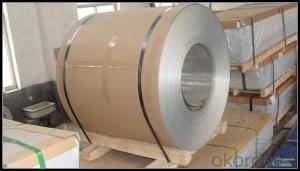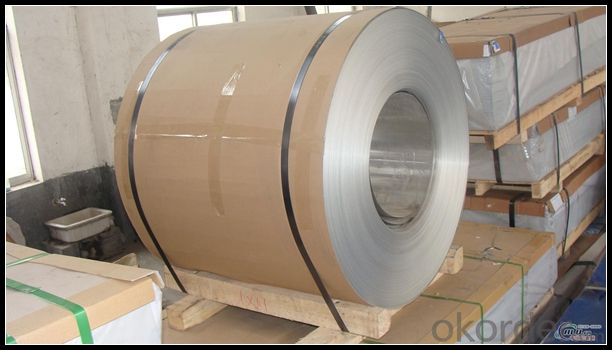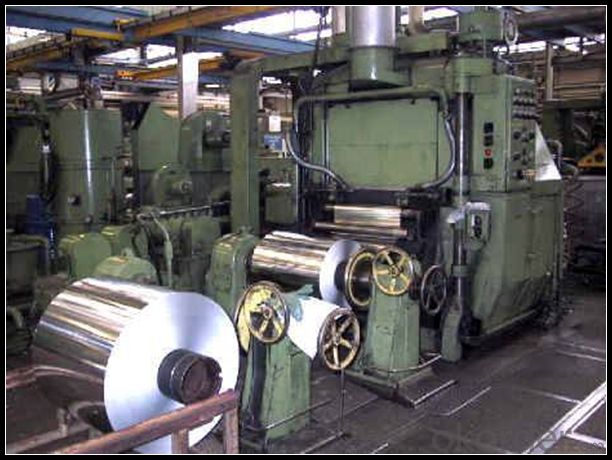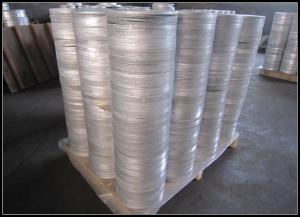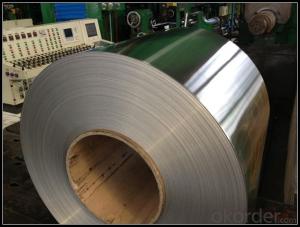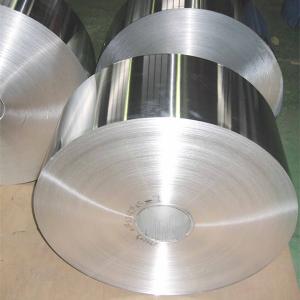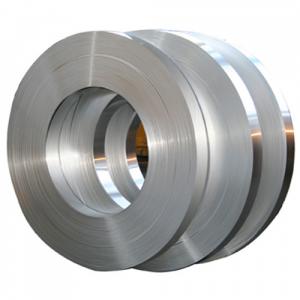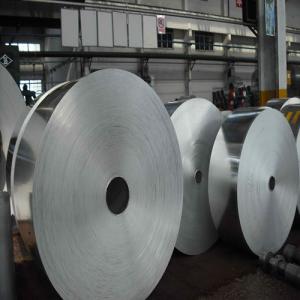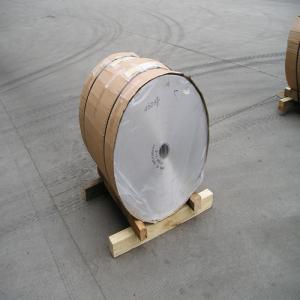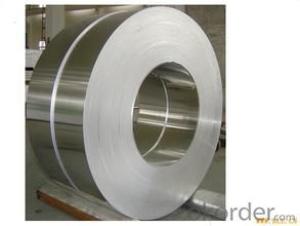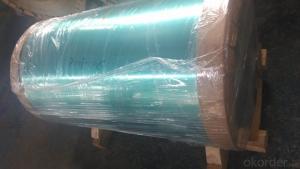Aluminum Transition Strips for Flooring - High Quality and Best Price 1060 1145 1050 1100 8011 3003 3004
- Loading Port:
- Tianjin
- Payment Terms:
- TT OR LC
- Min Order Qty:
- 1 m.t.
- Supply Capability:
- 4999 m.t./month
OKorder Service Pledge
OKorder Financial Service
You Might Also Like
Specification
1. Specification of Aluminum
1) Alloy | 1050, 1060,1100, 3003 3004 3105 3005 5005 5052 etc |
2) Temper | O/H12/H14/H1/H18/H32/H34/H36/H38//H111/H112/H116/H321/T6/T651/T3/T351 etc |
3) Thickness | 0.1mm to 6mm |
4) Width | 20mm to 3300mm |
5) Coil weight | 100kgs to 6 tons depends on actual requirement |
6) Core material | Aluminum alloy |
7) Coil Inner diameter | 76mm, 152mm,or as required |
2. Application of Aluminum
(1).Interior: wall cladding, ceilings, bathrooms, kitchens and balconies, shutters, doors...
(2).Advertisement: display platforms, signboards, fascia, shop fronts...
3. Feature of Aluminum
Fine aluminium powder can ignite or explode, posing another workplace hazard.
4. Certificate:
SGS and ROHS(if client request, paid by client), MTC(plant provided), Certificate of Origin(FORM A, FORM E, CO), Bureau Veritas and SGS (if client request, paid by client), CIQS certificate
5. Image of Aluminum
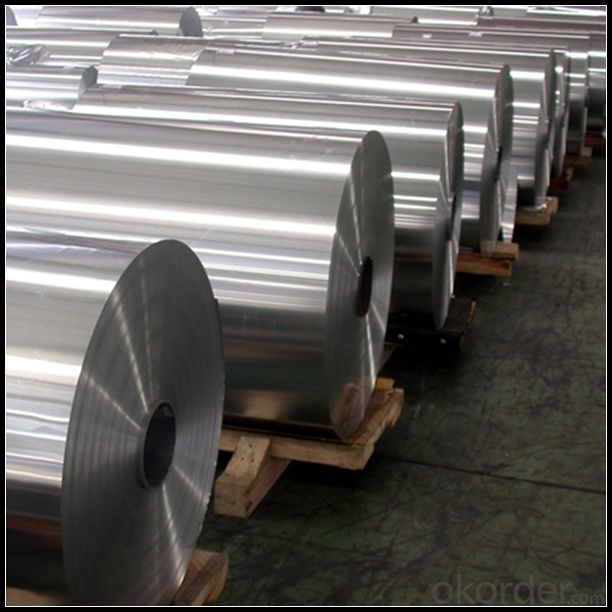
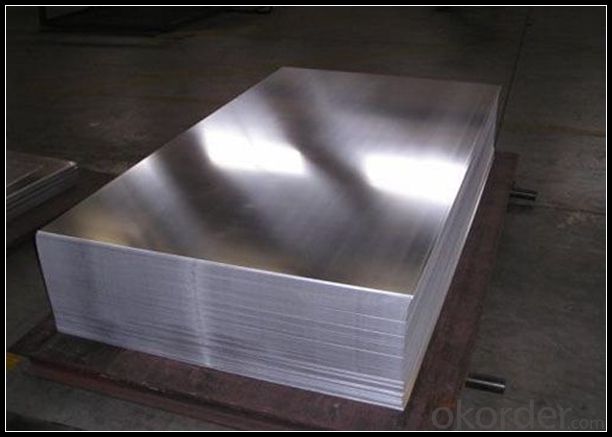
6. Our Service
1. Reply your enquiry in 24 working hours. |
2. OEM, buyer design, buyer label services provided. |
3. Exclusive and unique solution can be provide to our customer by our well traned and professional engineers and staffs. |
4. We can provide free sample for your check |
5. We have the certification of ISO 9001 |
6. Timely delivery |
7. Special discount and protection of sales area provided to our distributor. |
8. Good after-sale service. |
7. FAQ
Q: What is the produce prase? | ||||
A: Normally it would be 40days after received your deposit. | ||||
Q: Can you provide free samples? | ||||
A: Yes, free samples will be sent to you on freight at destination. | ||||
Q: Can I get your latest catalogue? | ||||
A: Yes, it will be sent to you in no time. | ||||
Q: What is the MOQ? | ||||
A: 3 tons | ||||
Q: What are your payment terms? | ||||
A: We accept L/C, D/A, D/P, T/T, West Union,etc. |
- Q: What is the best capacitance for an aluminum ribbon tweeter?
- You can go to your problem related professional website forum to see, there gathered a lot of professionals, you can solve the problem.
- Q: This question asks about the environmental effects of utilizing products made from recycled aluminum.
- <p>Using recycled aluminum products has several positive environmental impacts. It conserves natural resources by reducing the need for mining new aluminum, which is energy-intensive and can lead to habitat destruction. Recycling aluminum uses only 5% of the energy required to produce aluminum from raw materials, significantly reducing greenhouse gas emissions. Additionally, it decreases waste in landfills, as aluminum is infinitely recyclable without losing quality. This process also reduces water pollution and soil degradation associated with mining activities. Overall, the use of recycled aluminum products contributes to a more sustainable and environmentally friendly economy.</p>
- Q: What specific considerations or precautions should be taken when using aluminum strips in extremely cold weather conditions?
- <p>In cold climates, aluminum strips may become more brittle and susceptible to cracking or breaking. It's important to use aluminum alloys specifically designed for low-temperature applications to maintain strength and ductility. Proper installation is crucial, ensuring that strips are not overly stressed or subjected to sharp bends that could lead to fractures. Additionally, it's advisable to check for any condensation or ice buildup that could cause slippage or damage. Regular inspections are recommended to identify and address any issues before they become critical.</p>
- Q: The question asks if it's possible to use various adhesives or fasteners for installing different kinds of aluminum strips.
- <p>Yes, you can use different types of adhesives or fasteners to install different types of aluminum strips. The choice depends on the application, the weight of the strip, and the surface it's being attached to. For lightweight strips and smooth surfaces, adhesives like double-sided tape or construction adhesive can be effective. For heavier strips or where a more permanent solution is needed, mechanical fasteners such as screws or rivets might be more appropriate. Always consider the strip's weight, the surface material, and the desired longevity of the installation when selecting the type of adhesive or fastener.</p>
- Q: Is it possible to utilize recycled aluminum in a project as an alternative to new raw materials?
- <p>Yes, you can use recycled aluminum in your project instead of new raw materials. Recycled aluminum is not only more environmentally friendly but also often more cost-effective. It requires significantly less energy to produce compared to new aluminum, reducing carbon emissions. Additionally, using recycled aluminum can help conserve natural resources and reduce waste in landfills. However, it's important to consider the quality and purity of the recycled material to ensure it meets the specifications required for your project.</p>
- Q: This question asks for a comparison between recycled aluminum strips and new ones regarding their quality and performance.
- <p>Recycled aluminum strips are generally comparable to new ones in terms of quality and performance. The recycling process allows for the recovery of aluminum's properties, maintaining its strength, durability, and malleability. In fact, recycled aluminum can be just as strong as new aluminum, and it often requires less energy to produce. However, the quality can depend on the recycling process and the source material. Properly recycled aluminum can be just as good as new, but improper recycling or contamination can affect the final product's quality. Overall, recycled aluminum is a sustainable and often equivalent alternative to new aluminum in many applications.</p>
- Q: The user is asking if it is possible to apply paint or stain to aluminum siding after it has been installed.
- <p>Yes, you can paint or stain aluminum siding after installation, but it requires proper preparation. The surface must be thoroughly cleaned to remove any dirt, grease, or factory applied oils. A high-quality primer compatible with aluminum is essential before applying paint or stain. Use a paint or stain specifically designed for metal surfaces to ensure adhesion and durability. Always follow the manufacturer's instructions for the best results.</p>
- Q: What types of metal sheets are better suited for specific applications and conditions?
- <p>Yes, different types of metal sheets are better suited for specific applications and conditions. For instance, stainless steel is excellent for food processing and marine environments due to its corrosion resistance. Aluminum is lightweight and conducts heat well, making it ideal for cookware and heat exchangers. Galvanized steel is used in construction for its rust protection. Copper is known for its high thermal and electrical conductivity, suitable for electrical wiring and plumbing. Each metal has unique properties that make it suitable for particular uses, and the choice depends on factors like strength, durability, weight, and cost.</p>
- Q: What is the minimum thickness that can be achieved when manufacturing an aluminum strip?
- <p>There is no absolute limit to how thin an aluminum strip can be made, but the practical limit is determined by the manufacturing process and the intended use of the strip. Modern technology allows for the production of aluminum strips as thin as a few micrometers. However, the thinness is constrained by factors such as material strength, ductility, and the specific application requirements. For instance, in the electronics industry, very thin aluminum strips are used for conductors, while in other applications, thicker strips might be necessary for structural integrity. The thinnest aluminum strips are often produced using techniques like rolling or extrusion, with the final thickness depending on the precision of these processes.</p>
- Q: What are the elements or materials that make up aluminum strips?
- <p>Aluminum strips are primarily composed of aluminum, which is a lightweight and malleable metal with the chemical symbol Al and atomic number 13. They may also contain trace amounts of other elements such as copper, magnesium, manganese, silicon, and zinc, depending on the specific alloy. These additional elements are often added to enhance properties such as strength, corrosion resistance, or workability. Pure aluminum is soft and not commonly used for strips; instead, aluminum alloys are preferred for their improved characteristics.</p>
Send your message to us
Aluminum Transition Strips for Flooring - High Quality and Best Price 1060 1145 1050 1100 8011 3003 3004
- Loading Port:
- Tianjin
- Payment Terms:
- TT OR LC
- Min Order Qty:
- 1 m.t.
- Supply Capability:
- 4999 m.t./month
OKorder Service Pledge
OKorder Financial Service
Similar products
Hot products
Hot Searches
Related keywords

